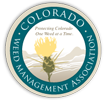
Poplar Borer Control in Fort Collins
Damage caused by poplar borer
The poplar borer attacks aspen, poplar, cottonwood and willow trees. They prefer stressed, over mature, larger diameter trees with trunks in full or partial sun. Most of the damage is caused by the poplar borer larvae which eats the inner bark and sapwood, weakening trees and providing access for disease pathogens. Small trees may even be girdled and die, but large trees are rarely killed by the poplar borer. The adult poplar borer causes minor damage by eating leaves and shoots but is not a serious problem.
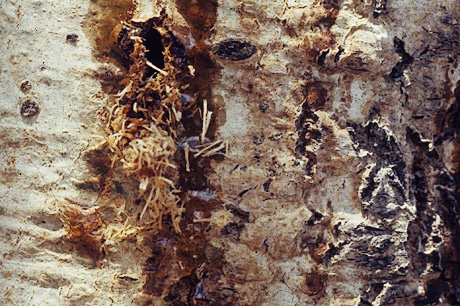 Whitney Cranshaw, Colorado State University, Bugwood.org
Whitney Cranshaw, Colorado State University, Bugwood.org
How to identify poplar borer
The poplar borer causes wet spots on the bark, black stain below entrance holes, and masses of frass (boring dust or shavings), mixed with sap near entrance holes in the bark and on the ground near the base of the tree.
Their eggs are about 1/8" long, creamy white color, usually laid singly, but sometimes groups of 2 or 3. Poplar borer larvae are round-headed wood borers, about 1 1/4" long, legless, and white or yellowish, with a head that is thicker than the body. The pupae are about 1" long, and yellowish white.
Adult poplar borers are a long-horned beetle, 4/5" to 1 1/8" long, with a dark grayish blue body and brownish orange spots, and antenna that are almost as long as their body.
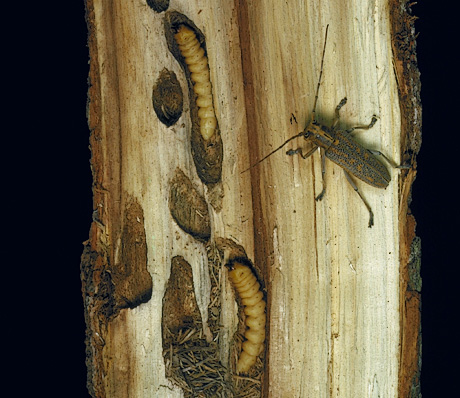 James Solomon, USDA Forest Service, Bugwood.org
James Solomon, USDA Forest Service, Bugwood.org
Life cycle of the poplar borer
Adult poplar borer beetles emerge from the tree trunks in summer (June to August). They eat tree leaves and new shoots for about a week, then they mate. The females lay eggs a few days later, in niches that they chew into the tree bark, usually one at time, but sometimes in small groups of 2 or 3. The eggs hatch in about 2 weeks and the larvae tunnel into and eat the inner bark and sapwood of the tree. Larvae continue eating until they mature, usually after 3 years, overwintering in their galleries. When the larvae mature they create a pupal cell and pupate for 2-3 weeks before they take on the adult form and leave the tree. Some larvae pupate through the winter and their adults leave the trees earlier in the summer.
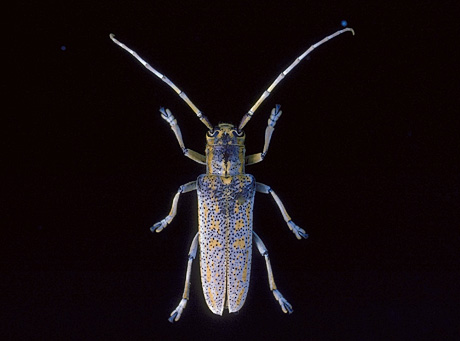 James Solomon, USDA Forest Service, Bugwood.org
James Solomon, USDA Forest Service, Bugwood.org
How to control the poplar borer
The best way to reduce poplar borer damage is to keep your trees healthy, plant them in groups so their trunks are shaded, and prevent injury to the trees. Natural predators like woodpeckers, nematodes and parasites eat many of the larvae, and fungus diseases kill many more. Insecticides are best applied around the time that the eggs hatch, to kill the adults, eggs and young larvae. Systemic insecticides can kill some of the larvae already in the heartwood but are not as effective.
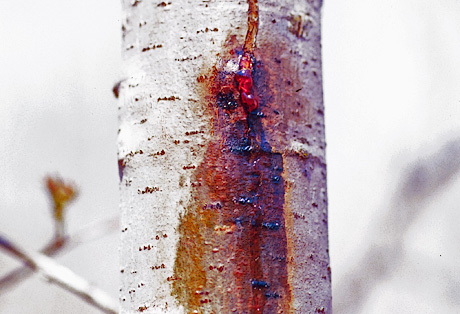 Steven Katovich, USDA Forest Service, Bugwood.org
Steven Katovich, USDA Forest Service, Bugwood.org
Other resources




